New material from North Carolina State University could revolutionize stealth aircraft (and even warship) design
- By Alex Hollings
Share This Article
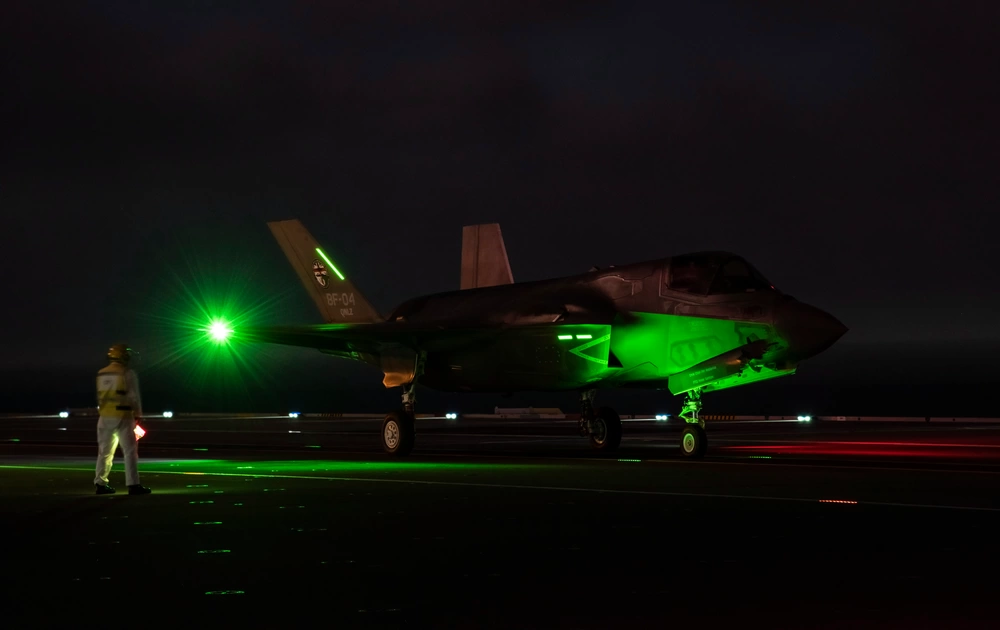
An effort from North Carolina State University could be the most significant leap in stealth technology since the F-117 entered service more than 40 years ago.
Sandboxx News recently had the honor of sitting down with Dr. Cheryl Xu, a mechanical and aerospace engineer at the university, who is leading the effort that could change everything about stealth aircraft design, production, and operation.
Dr. Xu’s ceramic-based radar absorbent materials (RAMs) could allow stealth aircraft to fly at higher speeds than ever before; perform aerobatic maneuvers that were all but impossible in previous stealth jets; and maybe make today’s stealth fighters stealthier than they already are while simultaneously bringing down their operating costs.
This technology is currently making the leap out of the lab and into real-world testing, and before you know it, Dr. Xu and her team may provide Uncle Sam with a new stealth advantage so potent that it could extend far beyond fighters and even bombers. In fact, if Dr. Xu has her way, it might even extend to American aircraft carriers themselves.
In 1983, Lockheed’s F-117 Nighthawk secretly entered service, thrusting the future of military aviation into the darkness and fundamentally changing how countries design aircraft. This new jet’s sharp, angular features were carefully calculated to deflect incoming radar waves, but according to Ben Rich, the man in charge of Lockheed’s Skunk Works and the Nighthawk program, that groundbreaking design was actually only responsible for about 65% of the aircraft’s stealth profile.
The remaining 35%, he explained in his 1996 memoir Skunk Works, could be entirely attributed to the roughly 2,000 pounds worth of advanced radar-absorbent material coating the aircraft. While stealth technologies have improved dramatically in the intervening four decades, experts today say that ratio still holds pretty true.
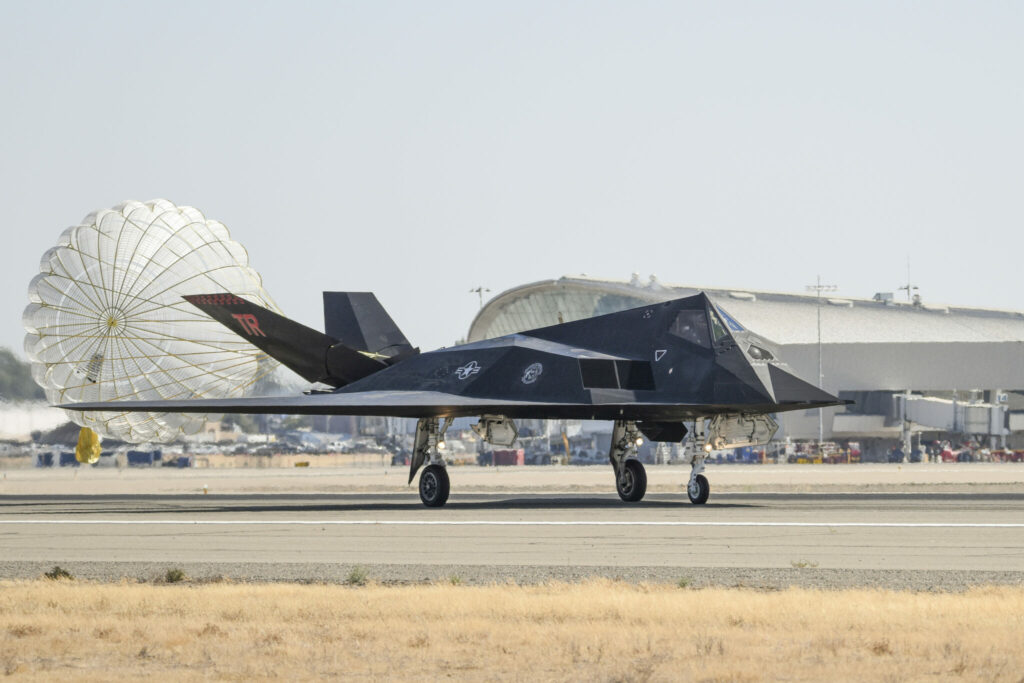
The idea behind these materials is relatively straightforward, even if the science is incredibly complex.
When electromagnetic radiation, or radar waves, comes into contact with a material, it can be reflected, transmitted, or absorbed. The material’s properties dictate how the radiation behaves.
Reflection is what a stealth aircraft is trying to avoid as it is used by detection and targeting radars.
Transmission is what happens if the radar waves pass right through the target, which usually results in minimal reflection. Because stealth aircraft are complex machines, it’s all but impossible to design them in a way that would allow radar to pass straight through the, so transmission is a lesser factor in stealth aircraft design.
Absorption is what radar-absorbent materials are designed to do. These materials contain elements like carbon, iron particles, or other conductive ingredients that interact with the inbound radar energy to produce small electrical currents and friction that ultimately dissipates as heat.
Different radar arrays broadcast at different frequencies and wavelengths for different reasons, with higher frequencies generally used for targeting aircraft. Radar absorbent materials have to be devised with specific frequency ranges in mind to ensure the frequencies it can absorb are the same as the ones an adversary might use for targeting.
Dr. Cheryl Xu explained that radar-absorbent materials are actually two-phase materials, or composites, that include reinforcement for strength and a matrix for absorption. She compared this matrix to a three-dimensional web with very specific sized holes based on the frequencies of radar you want to absorb. In this analogy, radar waves can be imagined as tiny balls of energy, with the size of the ball dictated by its frequency. So, if they’re the right size for the holes in that web, they get trapped within it and can’t bounce back toward their source.
It is possible to design RAM to absorb a range of frequencies but only to a certain degree, so engineers have to be very specific about the range of frequencies they’re aiming to defeat. Yet, even the right RAM for the job can be overwhelmed if the broadcasting radar array is pumping out enough power. Using the same ball analogy, Dr. Xu compares this to hitting that web-matrix with so many balls that, despite being the right size, some are still bounced back because the material is at its absorption limit, or there’s just no room in that web.
Related: The Air Force made Lockheed’s Skunk Works design a stealth pole
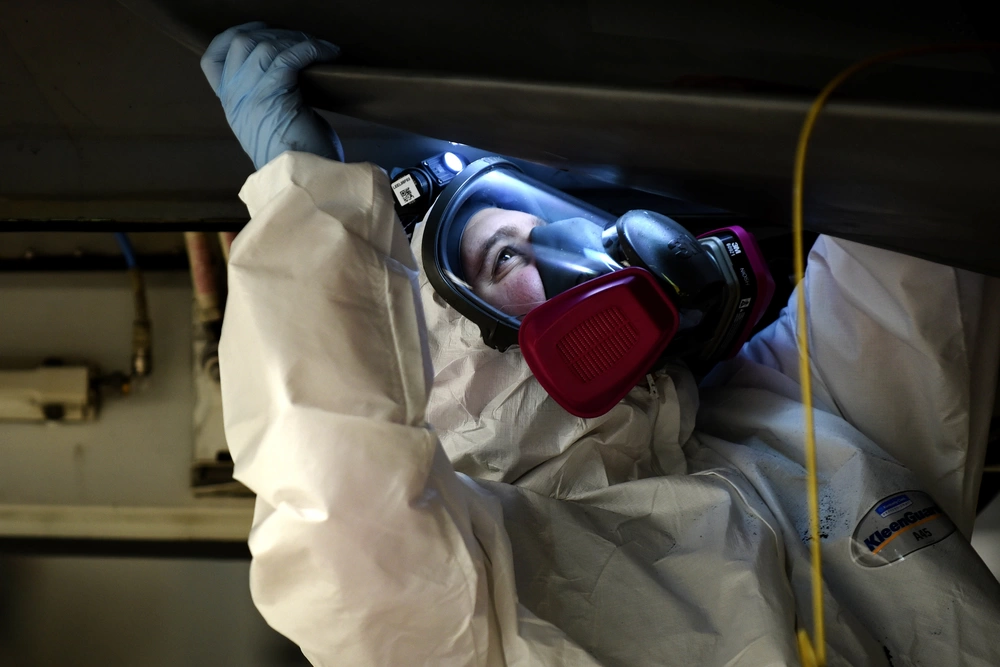
While the exact frequencies America’s radar absorbent coatings are tailored to absorb is classified, it stands to reason that they all but certainly prioritize the S through X bands, from two to 12 gigahertz, as they’re the most commonly used frequencies for missile guidance. And based on publicly available information, we know these materials are rated to absorb as much as 70% to even 80% of inbound electromagnetic energy, or radar waves, which is why Ben Rich’s 65:35 ratio still largely holds true today.
But as incredible as these materials are, they also come with some pretty significant drawbacks. Today’s radar absorbent materials are polymer-based, meaning they use polymers to hold that matrix together. And polymer, of course, means plastic which is highly susceptible to damage from things like heat, friction, and exposure to harsh environments and things like seawater.
Today’s RAMs begin to completely break down at around 480 degrees F (about 250 Celcius), but can sustain damage after prolonged exposure to even lower temperatures.
The F-22 Raptor, for instance, might only experience exterior temperatures of around 300 degrees F (or about 150 Celcius) while flying at close to its top speed at Mach 2.2, but even these temperatures begin to break the skin down over time, as you can see in pictures like these of F-22’s with damaged skin on their noses.
When this damage starts to surface, the only solution is to scrape the RAM off the effected area by hand, which is an extremely toxic process that requires the use of HAZMAT suits. Once the surface has been cleaned, new RAM is applied, usually via robot to ensure the coating is perfectly uniform in consistency and thickness. Once the RAM has been applied, it can take days to fully cure before that jet can get back into the fight. This time-consuming and expensive process is a significant driver for both the low aircraft availability rates and the high maintenance costs that plague 5th-generation fighter programs.
The F-22 Raptor, for instance, has been reported to require between 10 and as much as 40 hours of maintenance per hour it spends in the sky; maintenance on the jet’s delicate stealth skin has been reported to account for roughly 50% of those hours. The B-2 Spirit has even more delicate skin. After internal repairs or maintenance, the gaps between RAM-coated body panels that have been opened and closed need to be covered by some 3,000 feet of special RAM tape and caulk, usually by hand, in order to maximize the bomber’s stealth. And B-2s are famously housed in climate-controlled hangars, lest that fragile skin be damaged by inclement weather between missions.
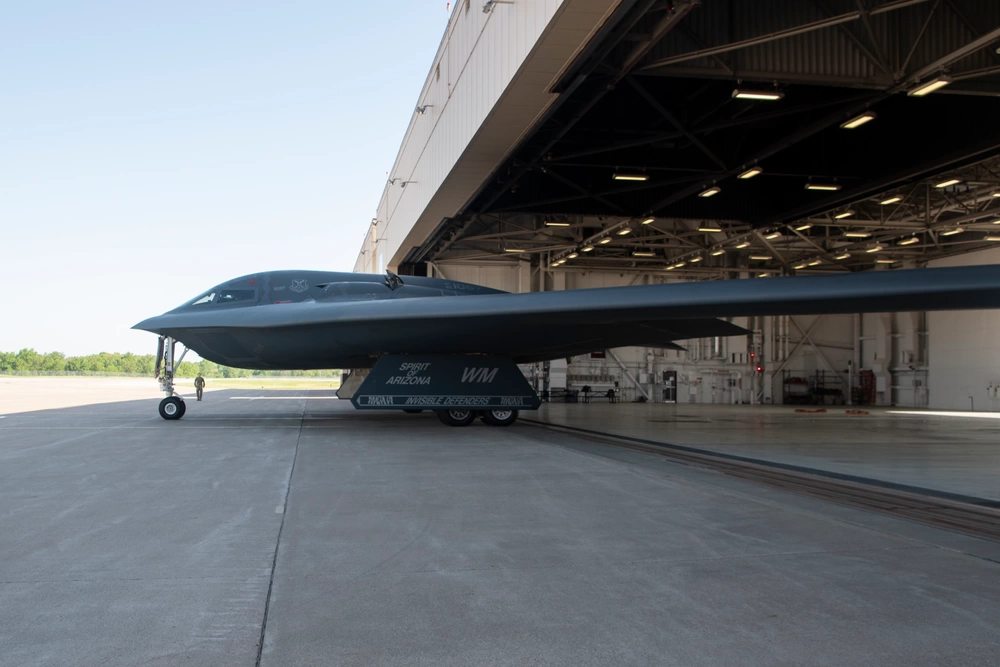
More modern stealth aircraft like the F-35, and now, the forthcoming B-21 and F-47, benefit from much more resilient RAMs that have been developed since. Radar absorption is also literally baked into some of the composite body panels of these jets themselves. In testing, a team of Lockheed Martin and Northrop Grumman engineers subjected a model F-35C’s RAM coating to a fair bit damage, including more than three dozen “significant defects” meant to simulate the wearing a stealth fighter would sustain through 600 hours of (likely subsonic) flight time, which is about two to three years worth of flying in standard operations. According to reports, the aircraft produced the same, tiny, radar return with those damages as it did with a fresh RAM coating. Likewise, the B-21 reportedly won’t need climate-controlled hangars to protect its skin, and the F-47 is likely to be even more resilient.
But despite these strides, F-35 mission-capable rates are still being negatively affected by the need for RAM maintenance, and pictures of carrier-based F-35Cs with their radar-absorbent skin oxidizing and showing clear signs of rust, makes it evident that it’s hard to keep in good shape.
But maintenance isn’t the only problem polymer-based RAMs create for modern stealth fighters. The damage sustained by these jets as their radar-absorbent skin begins to bubble and flake off isn’t always only skin deep. In 2011, it was revealed that the vertical landing F-35B and carrier-capable F-35C both experienced such severe damage to their RAM coatings at supersonic speeds that they ran the risk of suffering structural damage to their tail and horizontal stabilizers. As a result, both fighters had limits placed on their performance, with the F-35C limited to 50 cumulative seconds at Mach 1.3 under afterburner, and the F-35B limited to just 40 per flight, pending inspections for damage afterward.
As of 2019, it seemed these limitations were still in place, though it seems as though it may have finally been resolved as a part of Lot 17 F-35 production that began earlier this year, thanks to the introduction of newer and more resilient materials.
Because of the importance of RAM to an aircraft’s stealth, the physical limitations of RAM become the physical limitations of stealth aircraft. As a result, there’s little reason to design stealth fighters for more aggressive performance, because they would either need extensive RAM repairs after every flight at best, or wouldn’t survive at all.
And that’s where Dr. Cheryl Xu’s work comes in. Over the past few years, Dr. Xu has been leading a team that’s developing a new kind of RAM that swaps out that troublesome polymer with ceramics.
Related: America’s secret stealth aircraft you’ve never heard of
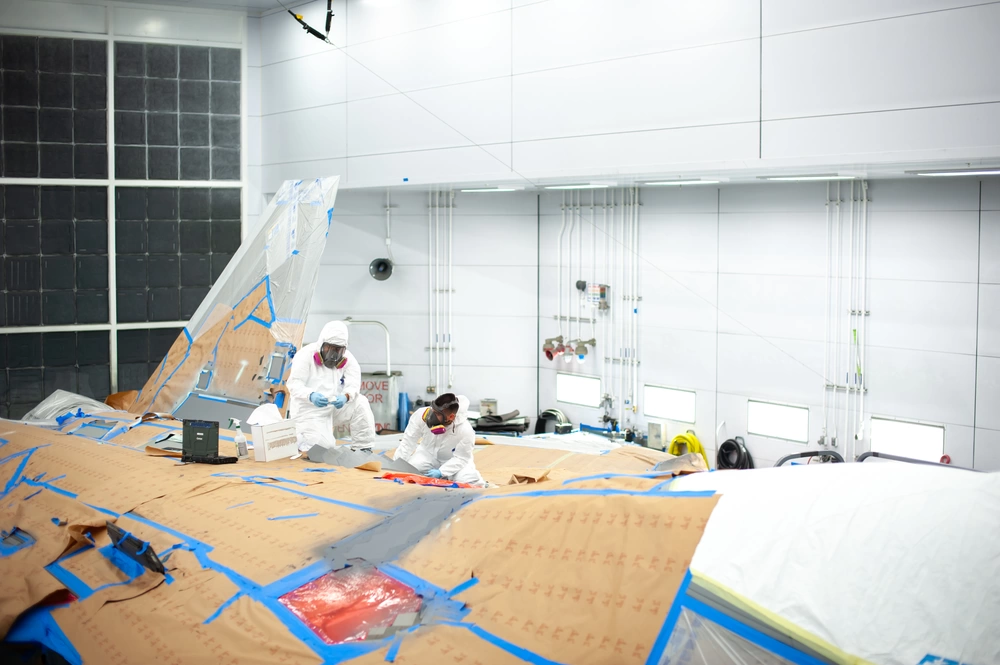
This new material is inherently water resistant and, as Dr. Xu puts it, “tougher than sand” making it much more resilient in harsh conditions like on the deck of an aircraft carrier. And while polymer-based RAM breaks down at around 480 degrees Fahrenheit, Dr. Xu’s ceramic RAM is estimated to be able to withstand temperatures as high as 3,270 degrees (1,800 Celsius). In laboratory testing, Dr. Xu has already exposed the material to more than 1,600 degrees Fahrenheit (900 Celsius) without any signs of damage.
This wouldn’t just make stealth fighters flying at Mach 3 a viable possibility; this material could even survive hypersonic speeds, or speeds in excess of Mach 5. And because of the material’s strength, Dr. Xu told Sandboxx News you could dramatically extend the time between RAM maintenance intervals, bumping it from about every six months for each aircraft to every three years.
This ceramic-based RAM is also better at absorbing and dissipating electromagnetic energy than its polymer precursor. Polymer-based RAM is rated to absorb 70% to as much as 80% of inbound radar waves, but Dr. Xu’s ceramic-based RAM kicks that up to 90%.
As Dr. Xu explains, this material can be sprayed directly onto the aircraft fuselage, like today’s RAM or any other paint job, with the material coating meant to be roughly three millimeters (slightly more than a tenth of an inch) thick, or even thicker by special designs. Like today’s RAM, the material takes a few days to cure, but once hardened, it is exceptionally strong.
As a result, this isn’t just a material that could be used for future fighter applications but could be directly applied to today’s F-35s for what would amount to an instant boost in stealth and an immediate reduction in maintenance requirements and costs. Likewise, it could be applied to older, non-stealth fighters to offset some degree of detectability. This wouldn’t quite make them “stealth fighters” but certainly stealthier.
The U.S. Air Force already applies polymer-based RAM coatings to some older 4th generation fighters, like the HAVE GLASS series of treatments for the F-16. In its most extreme form, this treatment includes coating about 60% of the aircraft in a RAM coating that’s between 10 and 12 millimeters thick, adding roughly 220 pounds to the aircraft’s dry weight. But the result is significant. According to some sources, this treatment reduced the aircraft’s estimated radar return by as much as 76%, down from an estimated five square meters to just 1.2. But this significant effect comes with a significant cost and increase in the jet’s maintenance requirements, as it requires the same special treatment a 5th generation fighter requires.
However, with ceramic-based RAM that could withstand years of punishment between treatments, giving all of America’s 4th generation F-15s, F-16s, and F/A-18s a big injection of stealth suddenly becomes economically viable.
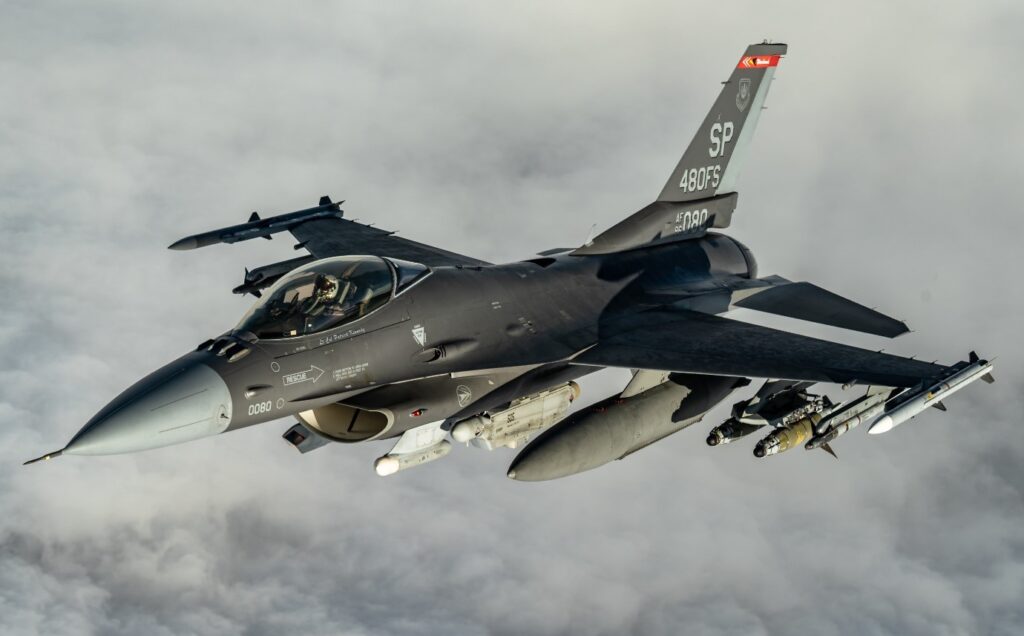
But Dr. Xu is thinking even bigger than that.
As she explained, this material’s resilience to extreme conditions makes it well-suited for warships – including aircraft carriers – to make them all smaller targets for adversary targeting arrays.
The United States has experimented with fielding stealth destroyers in the past, resulting in perpetually troubled Zumwalt-class that was canceled after just three ships were built due to their immense cost. These vessels are now being converted into hypersonic missile carriers, using their pricey stealth advantage to become land-attack snipers thanks to the Navy’s new conventional prompt-strike weapon. Stealth coatings wouldn’t bring the Navy’s non-stealth destroyers down to the Zumwalt’s levels of radar return, estimated to be roughly comparable to a small fishing vessel, but would nonetheless complicate matters for adversaries trying to target them.
Dr. Xu’s work has garnered the interest of several U.S. government agencies and military branches, with direct funding for her work coming from the Air Force Office of Scientific Research. Her team is now preparing to move into real-world flight testing in partnership with a Nevada-based Pentagon contractor called Tactical Air Support, which employs a wide variety of former military pilots, including former weapons school and Top Gun graduates and operational commanders, to provide training and even aggressor support to the U.S. military and its allies.
Dr. Xu’s team will be applying its advanced ceramic-based RAM to a fuel drop tank that will be carried beneath one of the company’s F-5 fighters to gather data about its real-world performance against various radar arrays in different circumstances and environmental conditions.
Yet, while this technology genuinely has the potential to create a seismic shift in the way stealth aircraft are built and employed, the biggest part of the future this scientist has her mind on are the students she teaches at North Carolina State University, and academia in general.

In recent years, China’s investment into academic research and development has increased while America’s continues to decline. In 1964, the U.S. devoted roughly 1.9% of its gross domestic product (GDP) to academic R&D, but by 2022, that had shrunk to just 0.7%. Between 2010 and 2019, U.S. investment in research dropped from 29% of the global market to 27%, while China’s increased from 15% up to 22%.
As Rep. Zoe Lofgren (D-CA), ranking member of the House Science, Space, and Technology Committee, put it last year, “China has steadily increased their investments in research and development. And these investments have a clearly stated purpose: unseating the United States as the world’s leader in science and technology. China’s Communist Party understands that winning the technological race will result in China winning the economic and national security race.”
Dr. Xu points to a more personal measure of this shift, highlighting how her high-level students have to balance their research with the internships they need to be competitive on the job market and additional jobs they have to hold down just to pay their bills. America needs to invest more resources into the academic infrastructure that produces these scientific breakthroughs in order to ensure it remains at the forefront of emerging technologies, she told Sandboxx News.
And when it comes to being at the forefront of game-changing tech, few in the world know what it takes to do that quite as well as Dr. Cheryl Xu.
Feature Image: An F-35 Lightning II fighter jet conducts the first ever night-time flight trials aboard the Royal navy aircraft carrier HMS Queen Elizabeth (R08), North Altnatic, September 2018. (U.S. Navy photo courtesy of Lockheed Martin/Released)
Read more from Sandboxx News
- It took more than stealth to make the F-117 Nighthawk a combat legend
- Explosive mishaps in Delta Force: Learning from mistakes
- Smithsonian receives F-15 jet with a special history
- Ukraine reveals new long-range cruise missile that can strike Moscow
- Approaching Mach 2 in an F-16: ‘The jet started to shake’
Related Posts
Sandboxx News Merch
-
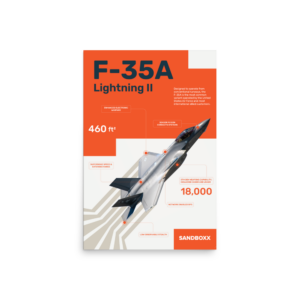
F-35 ‘Lightning’ Poster
$22.00 – $28.00Price range: $22.00 through $28.00 Select options This product has multiple variants. The options may be chosen on the product page -
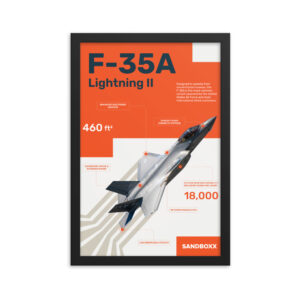
F-35 ‘Lightning’ Framed Poster
$45.00 – $111.00Price range: $45.00 through $111.00 Select options This product has multiple variants. The options may be chosen on the product page -

‘Sandboxx News’ Camo Trucker Hat
$29.00 Select options This product has multiple variants. The options may be chosen on the product page

Alex Hollings
Alex Hollings is a writer, dad, and Marine veteran.
Related to: Airpower, Gear & Tech
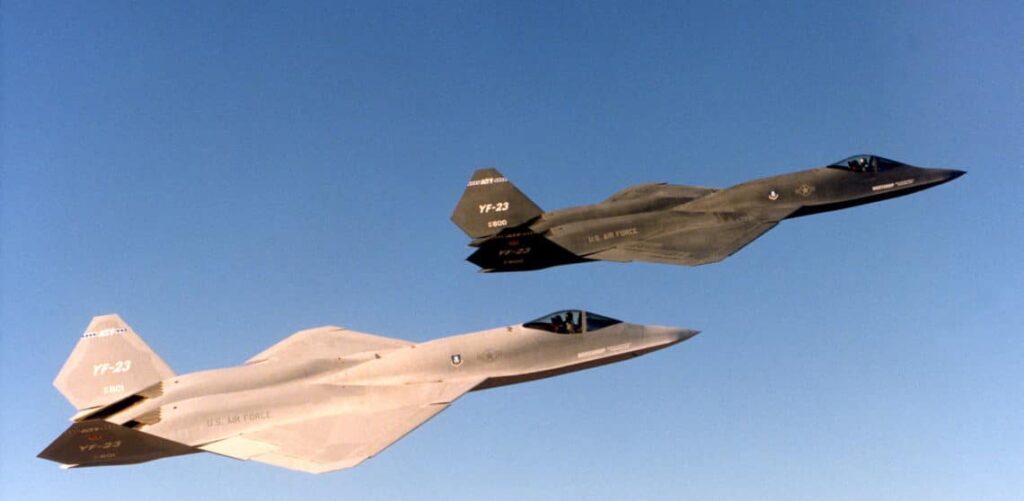
Could Northrop’s YF-23 have been better than the F-22?
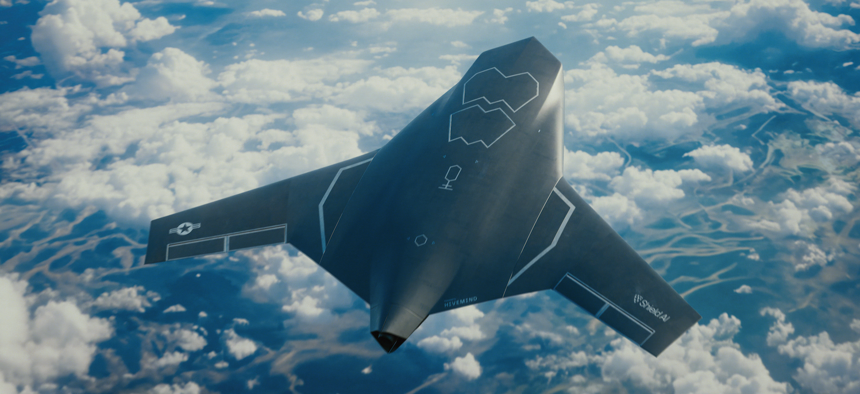
Why Shield AI’s X-BAT promises to reshape the nature of drones
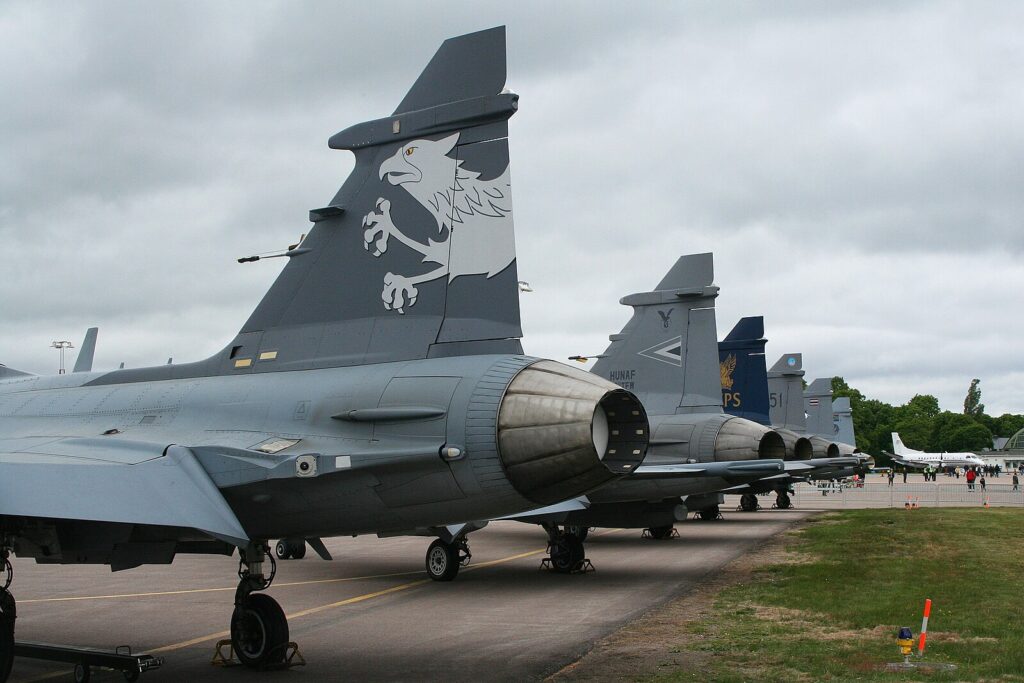
Ukraine plans to place largest order in history for a jet specifically designed to take on Russia
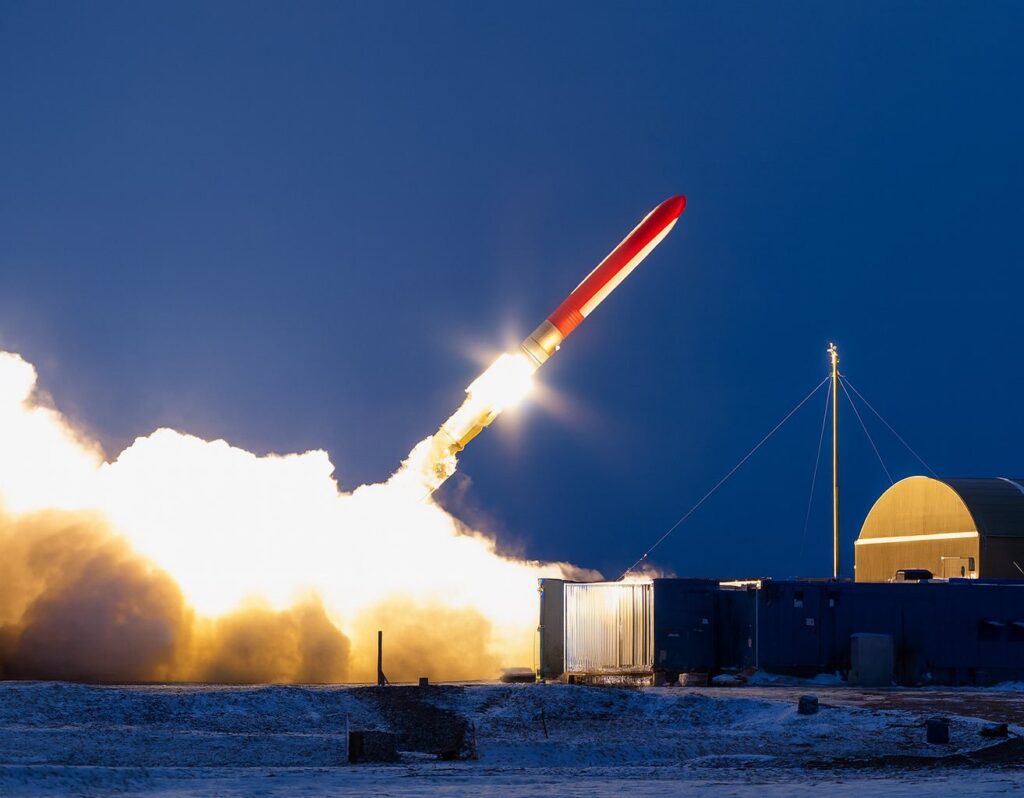
Russia announces successful test of nuclear-powered cruise missile – but don’t believe that just yet
Sandboxx News
-

‘Sandboxx News’ Trucker Cap
$27.00 Select options This product has multiple variants. The options may be chosen on the product page -

‘AirPower’ Classic Hoodie
$46.00 – $48.00Price range: $46.00 through $48.00 Select options This product has multiple variants. The options may be chosen on the product page -

‘AirPower’ Golf Rope Hat
$31.00 Select options This product has multiple variants. The options may be chosen on the product page -

‘Sandboxx News’ Dad Hat
$27.00 Select options This product has multiple variants. The options may be chosen on the product page
